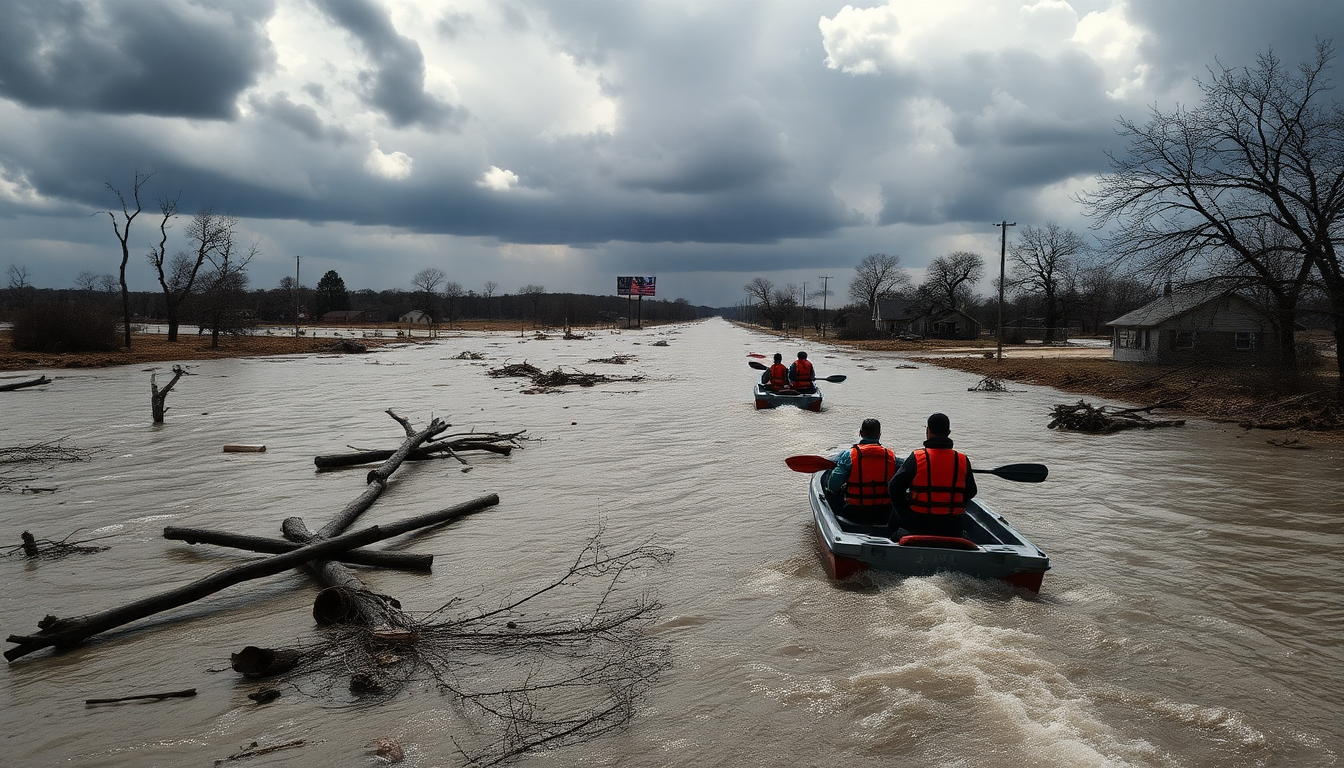Table of Contents
The recent floods in Central Texas have been nothing short of devastating, leaving a deep mark on the community. Lives have been lost, and many individuals are still missing, creating a sense of urgency and heartbreak. The situation escalated rapidly as torrential rains flooded the area, with Kerr County being hit particularly hard. The ongoing search for missing campers and their counselors underscores the gravity of this tragic event. So, how do we make sense of such a disaster and its impact on the local community?
The Current Situation and Search Efforts
As of now, the death toll from the floods has tragically climbed to nearly seventy. Many of these victims were children camping along the banks of the Guadalupe River. Search teams, made up of local authorities, volunteers, and specialized rescue units, are tirelessly working to locate the eleven campers and their counselor who remain unaccounted for. Despite the challenging conditions—think uprooted trees and debris-strewn landscapes—rescuers are committed to their mission, utilizing helicopters, boats, and drones to traverse the treacherous terrain.
The local community has truly come together, with families of the missing and volunteers joining the search efforts along the riverbanks, even amidst official warnings. The emotional toll of this disaster is immense, with survivors sharing harrowing stories of being swept away by the raging waters and their desperate struggles to find safety. Can you imagine the fear they must have felt?
In light of such overwhelming loss, both local and state officials are calling for continued prayers and support for the victims’ families and the first responders on the front lines. Governor Greg Abbott has highlighted the need for around-the-clock efforts to ensure that every individual is accounted for, even declaring a day of prayer for the state as a symbol of solidarity.
Community Response and Resilience
These floods have really put the resilience of the Central Texas community to the test. This region is no stranger to seasonal flooding, but the intensity of this event has raised serious questions about preparedness and the effectiveness of existing warning systems. Despite earlier alerts from the National Weather Service about potential flooding, the speed and severity of the rising waters caught many residents and campers completely off guard.
Local officials are now under scrutiny regarding whether enough was done to alert the public about the impending danger. U.S. Representative Chip Roy has acknowledged the inevitable second-guessing and the discussions surrounding accountability as the community seeks answers in the wake of this tragedy.
As rescue operations unfold, the immediate focus is on ensuring the safety of those still in the area and providing support to those who have lost their homes. The spirit of community is shining through, with many neighbors stepping up to help one another, showcasing the strength and unity that often emerge in times of crisis. Isn’t it inspiring to see how people come together in the face of adversity?
Looking Ahead: Lessons Learned and Future Preparedness
In the aftermath of these floods, it’s essential for local governments and communities to take a hard look at what transpired and develop better strategies for future flood preparedness. This includes enhancing communication channels for emergency alerts, investing in infrastructure to reduce flood risks, and educating the community about safety measures during extreme weather events.
The recent flooding serves as a stark reminder of nature’s unpredictability and the critical importance of being prepared. As investigations into the causes and responses to the flooding progress, there is hope that the affected communities will not only recover but also emerge stronger than before.
As we reflect on this tragedy, our thoughts are firmly with the families of the victims and everyone impacted by the floods. The resilience displayed in the face of such adversity is a powerful testament to the strength of the human spirit. As recovery efforts kick off, we stand alongside the community on their journey toward healing. How can we support them in their time of need?


